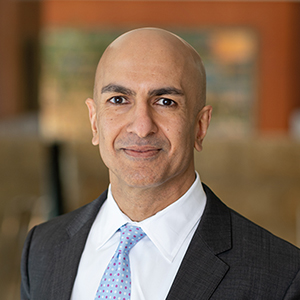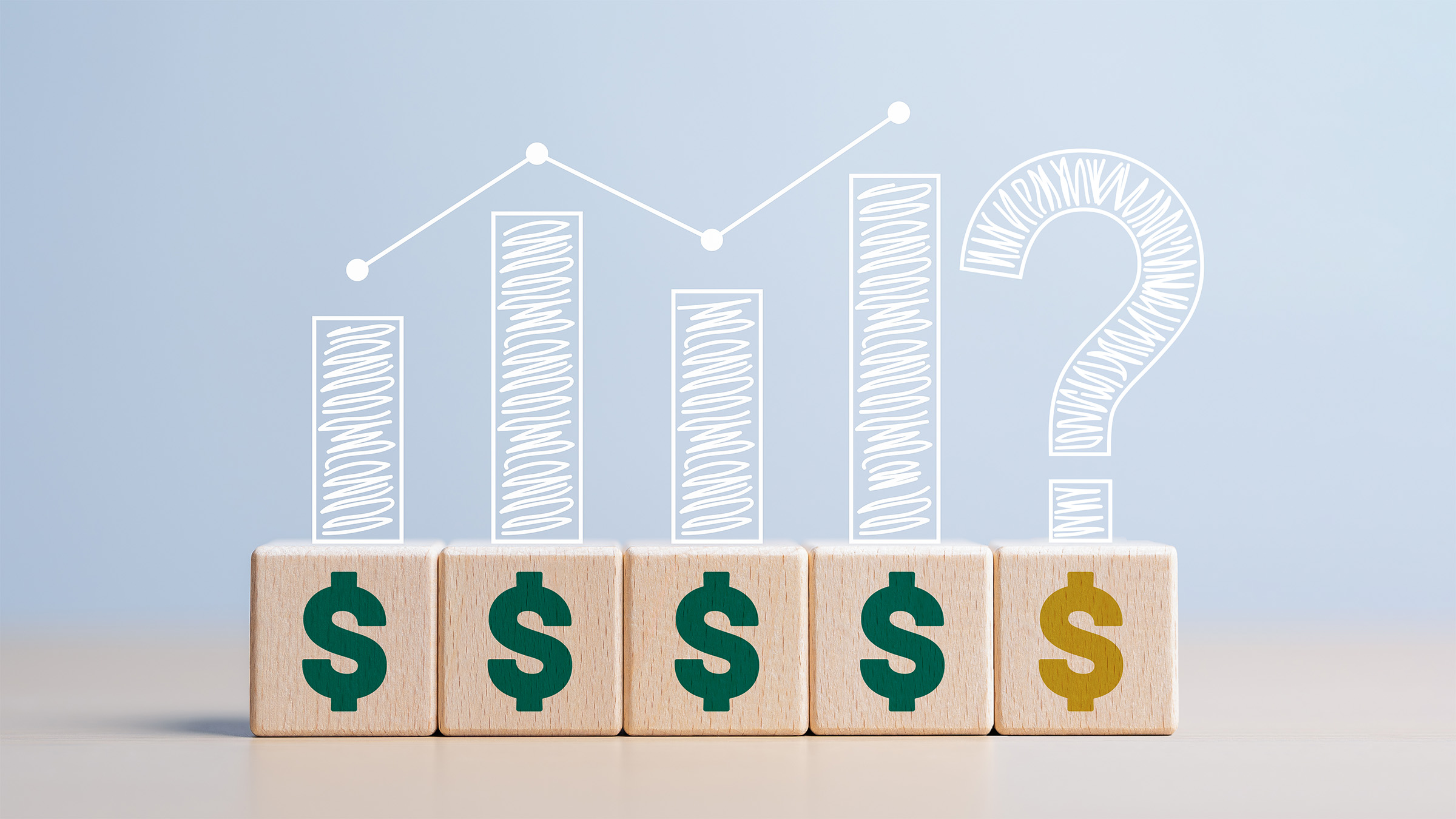Economists seem to have a puzzle on their hands: As the job market recovers, why hasn’t inflation picked up? Known as the Phillips curve, the inverse relationship between unemployment and inflation was first posited in 1958. Until the early 1980s the Phillips curve predicted price and wage growth with reasonable accuracy, but since then the economy has wandered far from the traditional relationship. Wages and inflation haven’t grown nearly as much as it would predict, given the sinking jobless rate.
There is, however, no reason for alarm: This “flattened” Phillips curve isn’t the result of any mysterious change in the structure of the economy. Rather, the fact that inflation and employment no longer move together is a positive reflection of the Federal Reserve’s increased independence.
First, let’s distinguish between the “measured” Phillips curve and the “underlying” Phillips curve. The former is drawn empirically by comparing the unemployment rate with data on the actual inflation recorded in the economy. This curve is flatter than it used to be, simply because the Fed has gotten better at managing inflation. When unemployment shot up from 4.6% in 2007 to 10% in 2009, the normal curve predicted deep deflation. But the Fed’s aggressive interventions stabilized core inflation, which never fell below 0.9%.
The measured Phillips curve might steepen again if the Fed decided to ignore high inflation and mandate low interest rates, as it did in the 1960s and early 1970s. But this scenario is unlikely because all the members of the Federal Open Market Committee, including me, are committed to achieving the Fed’s 2% inflation target.
On the other hand, the “underlying” Phillips curve represents the intrinsic relationship between inflation and the fundamental supply and demand for labor. Even when the Fed keeps actual inflation in check, inflationary pressures can build, and the underlying Phillips curve might remain steep. But even here, evidence suggests policy makers have a lot of influence.
The underlying Phillips curve began to flatten, or lose its power to forecast inflation, in the mid-1980s, and the trend has continued. The change occurred just after the Fed, under the leadership of Paul Volcker, raised interest rates dramatically to crush inflation, causing a deep recession in the process. The hands-off response of President Reagan and Congress contrasted starkly with the run-up to the 1972 election, when President Nixon had pressured the Fed to maintain expansionary policies. Since the Volcker era, Republicans and Democrats alike have repeatedly confirmed their commitment to independent monetary policy.
As market participants have gained confidence that the Fed will make decisions based on economic data rather than short-term political considerations, inflation has become more predictable, and wages and prices have become less subject to short-term changes in employment.
This confidence is also reflected in the markets for long-term federal bonds, even though financing the government is Treasury’s job and not the Fed’s. In 1980, when the ratio of publicly held federal debt to gross domestic product was 26%, investors demanded a 12% yield to lend money to the government for 10 years. Today, with publicly held debt to GDP at 77%, investors nonetheless demand only a 3% yield for the same bond.
Today’s flat Phillips curve and low long-term interest rates are not mysteries. They are products of a bipartisan political consensus that allows the Fed to focus on achieving its inflation and employment objectives rather than short-term political goals. If Americans want to keep this economic expansion going, we all should recognize the important role Fed independence plays in keeping inflation in check.
See Neel Kashkari’s Op-Ed in the Wall Street Journal.





